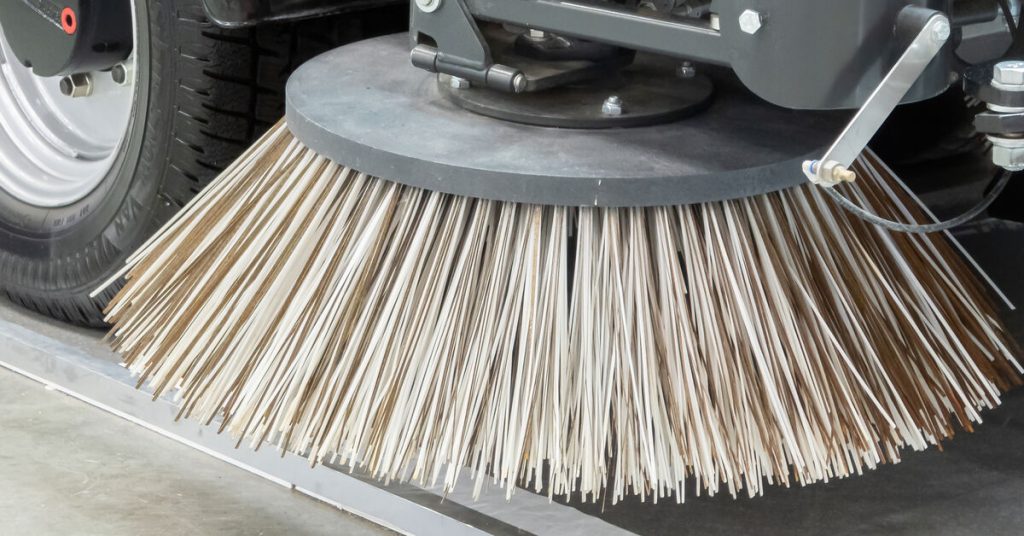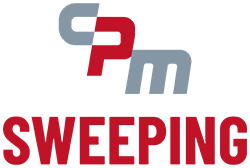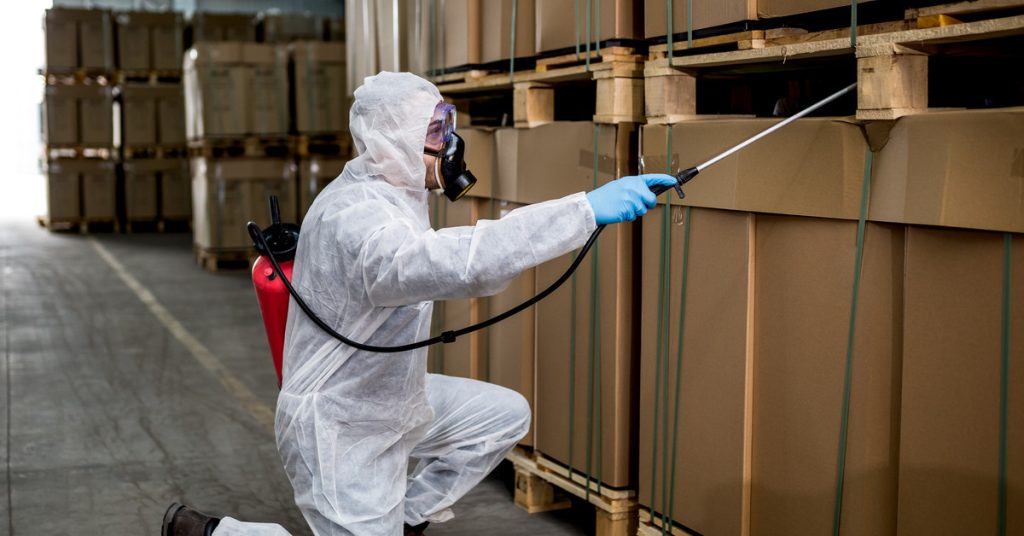A pest problem in your facility can threaten the health and safety of your employees and damage your reputation. It can also lead to financial losses due to property damage or regulatory penalties. Luckily, understanding the best ways to improve pest control in your facility can help you create an environment that deters pests while keeping your space clean and safe.
Seal Entry Points
The first thing you can do against pests is prevent access to your facility. Rodents and insects enter through gaps, cracks, windows, doors, or even utility lines. Conducting a thorough assessment of your building will reveal these vulnerable areas.
Once identified, seal cracks or gaps in walls and foundations with caulk or steel wool. Consider using weatherstripping around doors and windows to close small openings.
Screens or mesh coverings are strong barriers for large spaces, such as vents or utility line gaps. By securing these entry points, you make it harder for pests to enter your facility in the first place.
Perform Regular Inspections
Inspections are key to staying ahead of pest issues. Routine checks allow you to identify budding infestations before they worsen. During inspections, focus on kitchens, basements, storage areas, and waste disposal zones.
Look for telltale signs of pests, such as droppings, gnaw marks, or nests. If you prepare or store food in your facility, the risk of pest infestations increases. Consistent inspections are especially valuable for preventing infestations. A proactive approach ensures quick intervention and reduces the chances of extensive infestation.
Keep Up With Cleaning Tasks
Tidying up is one of the best ways to improve pest control in your facility. Many infestations occur due to the presence of food, water, and shelter—which critters find in unkempt environments. Adopting rigorous cleaning practices minimizes attractants and disrupts pest activity.
Organized Storage
Pests hide in cluttered, disorganized spaces, making storage areas a hotspot for swarms. To keep pests at bay, keep storage rooms clean, organized, and free from unnecessary piles of equipment, paper, or materials that critters can nest in.
Use shelving and pallets to store items off the ground, as well. Doing this not only makes it harder for pests to access items but also allows for easier cleaning beneath and around the storage solutions.
Trash Disposal
Improper trash disposal is one of the most common reasons that rodents and insects enter workplaces. Tightly seal garbage bins with lids, and empty them frequently to prevent food scraps or waste from attracting critters and creepy crawlies. Avoid letting waste pile up, especially overnight, as it can attract nocturnal pests.
Additionally, the space outside dumpsters or trash receptacles should be orderly. Clean it periodically, and move them far from the facility’s main entrance. Confirm that there are no leaks or spills in trash receptacles because even scraps of waste can draw pests into the vicinity.
Regular Sweeping

Keeping floors clean is essential for preventing pest infestations—crumbs or debris can attract unwanted visitors. Regular sweeping, especially in areas where you store or handle food, eliminates these potential food sources.
Industrial sweeping machines can cover large areas quickly and thoroughly, making it easier to maintain cleanliness in warehouses, storage spaces, and production areas. Consider investing in quality sweeping services to do this task on schedule.
Use Traps and Bait
Traps and bait are useful supplemental methods of pest management. They can attract and capture critters that infiltrate your facility, keeping infestations under control.
Smart Trap Use
The most effective trap depends on the pests you’re dealing with. For mice and rats, snap traps or bait stations work best. Use glue traps for crawling insects, such as cockroaches. Opt for pheromone traps to target specific bug species, such as moths or fruit flies.
Always place traps in strategic locations, including corners, along walls, or near entry points, to get the best results. Regularly check traps to prevent unnecessary suffering. Also, avoid overusing glue traps, as they can cause prolonged distress to animals. Use humane options whenever possible, especially for non-invasive species.
Bringing In Bait
For catching rodents, use food-based baits, such as peanut butter or specialty rodent attractants. For ants or cockroaches, you’re better off with gel baits or bait stations designed for their behavior.
Place bait strategically in high-activity areas, such as along walls, near nests, or where employees have spotted pests. Always use tamper-resistant stations to keep bait secure and protect non-target animals. Regularly check and replenish bait to maintain its effectiveness, and avoid over-baiting, as this can reduce its appeal.
Communicate and Stay Informed
Effective communication within your facility acts as an additional layer of defense against pest problems. Keeping everyone on the same page ensures quicker responses and an environment that discourages pests.
Educating Employees

Your team plays an active role in maintaining pest control. Make sure employees know how to recognize and report signs of pests.
Provide clear guidelines on what to look for, such as droppings, chewed packaging, or unusual odors, and outline the steps to report these signs promptly. A quick response can prevent minor issues from worsening.
Consider organizing regular training sessions to reinforce these practices and answer questions employees may have. You can also use informational posters, newsletters, or email reminders to keep pest prevention tips top-of-mind.
Keeping a Logbook
Creating a pest control logbook helps you track your efforts and identify patterns over time. Use it to document inspection results, pest sightings, and areas requiring extra attention.
This record is invaluable for assessing trends and adapting your pest control strategy accordingly. It also acts as a tool for collaboration if you decide to involve external pest control services.
Work Toward a Pest-Free Facility
By implementing these strategies, you can create a work environment that minimizes the risk of pests and keeps your team safe. Consistency is key, and proactive steps can make a big difference in your pest control efforts.
If you need professional help with cleaning and sweeping to support pest prevention, get in touch with CPM Sweeping. Our expert services ensure your facility stays clean and pest-free so you can focus on running your business!

